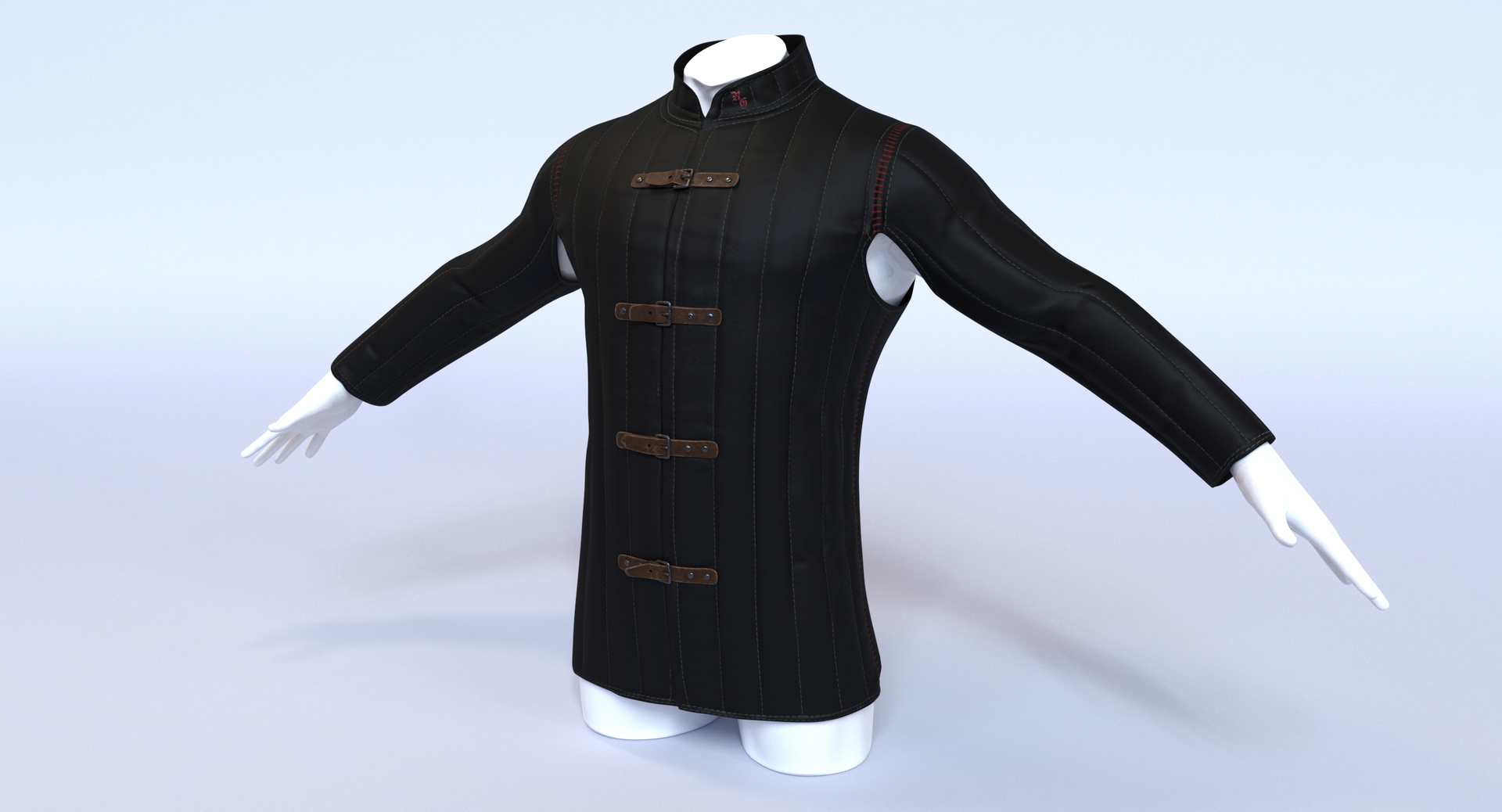Gambeson, a quilted and padded garment, stands as a testament to the ingenuity and practicality of medieval armor. Often overshadowed by the more iconic plate armor, the gambeson played a crucial role in protecting warriors from the harsh realities of battle. Its evolution, construction techniques, and enduring influence on medieval warfare highlight its significance as both a defensive necessity and a cultural artifact.
Origins and Development
The origins of the gambeson can be traced back to antiquity, where padded garments were worn for protection in combat. However, it gained prominence during the medieval period, particularly from the 12th to the 15th centuries, as advancements in military tactics and weaponry necessitated improved defensive gear. Initially crafted from layers of linen or wool, the gambeson evolved to incorporate padding made from materials such as felt or even hardened leather, offering enhanced protection against slashing and blunt force trauma.
Construction and Design
Gambesons were meticulously constructed to provide optimal protection while ensuring mobility and comfort for the wearer. Layers of fabric were quilted together to create a thick padding that absorbed the impact of weapons and reduced the risk of injury. The design varied across regions and periods, with some featuring additional reinforcement at vulnerable areas like the chest, shoulders, and elbows. Gambesons were tailored to fit snugly against the body, allowing warriors to move freely on the battlefield without compromising their defense.
Role in Medieval Warfare
As a primary form of body armor, gambesons were worn by soldiers across various social classes and military ranks. They served as essential protection against both melee weapons and projectiles, offering a versatile defense in diverse combat scenarios. Gambesons were often worn beneath chainmail or plate armor, providing additional cushioning and insulation against the weight and rigidity of metal armor. Their affordability and effectiveness made gambesons accessible to foot soldiers, archers, and cavalry alike, democratizing protection on the battlefield. Gambeson: The Protective Garment That Shaped Medieval Warfare
Cultural Significance
Beyond its practical utility, the gambeson holds cultural significance as a symbol of medieval martial culture and craftsmanship. Surviving examples and depictions in medieval art offer insights into armor-making techniques and the social status of armored warriors. Gambesons were often personalized with heraldic motifs or decorative stitching, reflecting the wearer’s identity and allegiance. They featured prominently in chivalric literature and historical accounts, reinforcing their role in shaping perceptions of medieval warfare and knightly valor.
Evolution and Adaptation
Over time, the gambeson adapted to meet changing military needs and technological advancements. During the late Middle Ages, improvements in textile production and armor design led to the refinement of gambesons with thicker padding and better stitching techniques. As firearms emerged as dominant weapons in the Renaissance era, gambesons underwent further modifications to withstand ballistic impacts while remaining lightweight and flexible. The enduring popularity of gambesons among soldiers persisted well into the early modern period, demonstrating their resilience and adaptive capabilities.
Revival and Influence
In contemporary times, the gambeson continues to captivate historians, reenactors, and enthusiasts interested in medieval warfare and historical costume. Modern interpretations of gambesons are crafted with historical accuracy in mind, using traditional materials and construction methods to replicate their protective qualities and aesthetic appeal. The revival of interest in historical martial arts and living history events has further contributed to the appreciation and study of gambesons as vital components of medieval combat attire.
Legacy and Heritage
The legacy of the gambeson endures in modern military and protective gear, where padded garments remain integral to safeguarding personnel in high-risk environments. Historical examples of gambesons preserved in museums and private collections serve as valuable artifacts, shedding light on medieval craftsmanship and armor technology. Their legacy as a practical and versatile form of armor underscores their enduring relevance in understanding the evolution of defensive equipment and the experiences of medieval warriors.
Conservation and Preservation
Preserving gambesons and other medieval textiles presents unique challenges due to their organic materials and historical significance. Conservation efforts focus on maintaining their structural integrity, preventing deterioration, and ensuring accessibility for academic research and public education. Digital documentation and virtual exhibitions contribute to broader awareness and appreciation of gambesons as cultural treasures, highlighting their role in the tapestry of medieval history and material culture.
Future Perspectives
As our understanding of medieval armor evolves, so too does our appreciation for the gambeson’s role in shaping military tactics, cultural identities, and technological advancements. Ongoing research and interdisciplinary collaborations continue to unravel the mysteries surrounding gambeson construction, usage, and regional variations. By studying gambesons and their historical context, we gain insights into the complexities of medieval warfare and the enduring legacy of protective garments in human history.
In conclusion, the gambeson stands as a testament to medieval ingenuity and resilience, providing vital protection to warriors across centuries of conflict. Its evolution from simple padded garments to sophisticated defensive gear reflects advancements in armor technology and the enduring quest for effective protection on the battlefield. As we explore its historical significance and cultural legacy, the gambeson remains a symbol of human innovation and adaptation in the face of adversity, leaving an indelible mark on the annals of military history.
